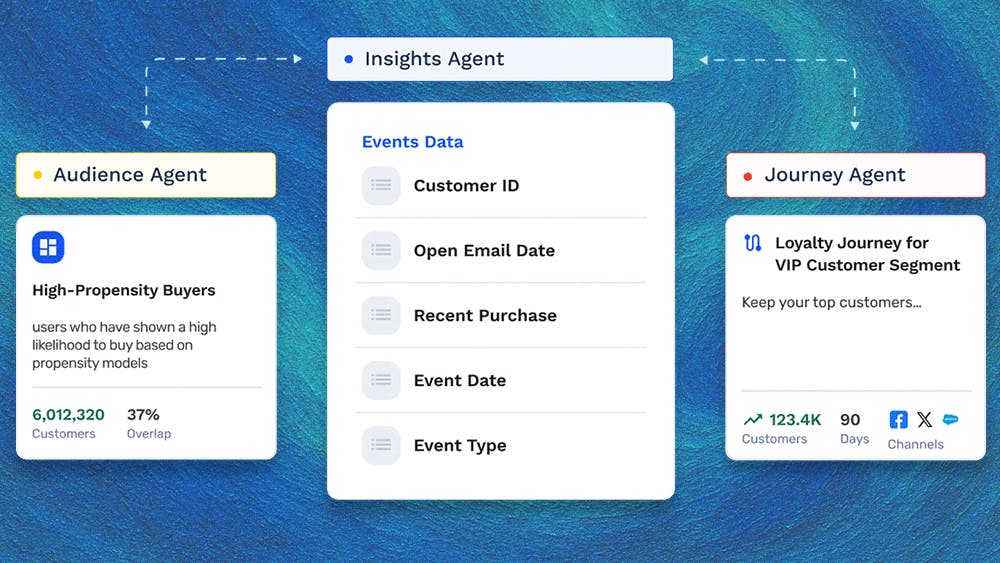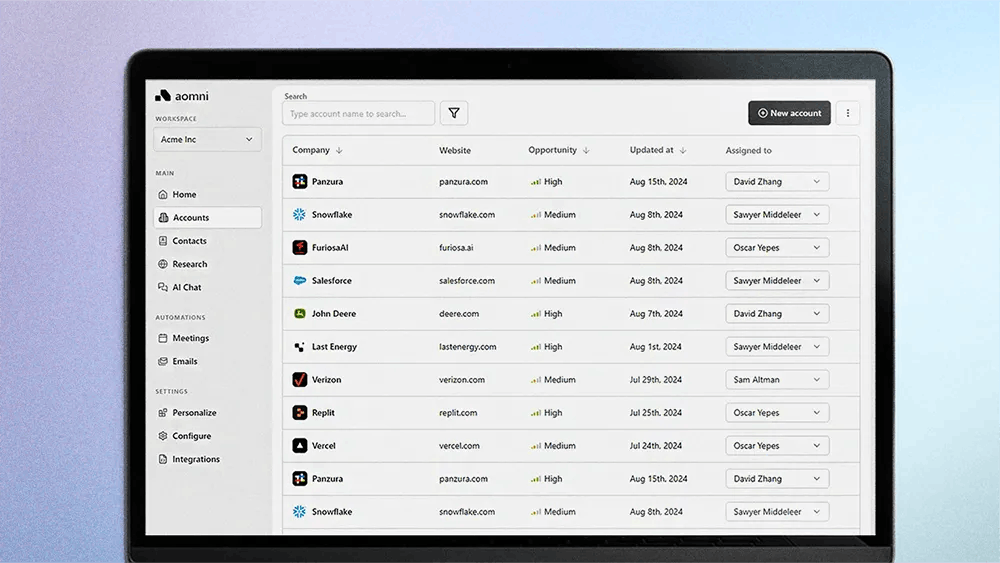Closing the loop between insight and impact—lather, rinse, repeat—is what it's really all about.
Thanks to AI, marketing has entered the age of efficiency. Traditional marketing workflows are too slow, too manual, and too disconnected. But integrating AI to close the loop between audience targeting, journey creation, execution, and feedback creates a compounding system that accelerates learning and growth.
Chris O’Neill has a long career at big-name tech powerhouses like Google and Glean, and was the former CEO of Evernote. He is now the CEO of GrowthLoop, a platform that drives compound growth by accelerating the marketing cycle using agentic AI powered by your enterprise cloud data. We sat down with O’Neill to talk about how AI-driven systems can compound results and reshape how brands grow.
Self-reinforcing: Self-reinforcing loops, where every action feeds the next, are how brands outpace traditional marketing and create compounding growth. "Closing the loop between action and learning—lather, rinse, repeat—is what it's really all about," says O’Neill. Fast cycles drive faster insights, and faster insights fuel smarter decisions.
The loop ties together targeting the right audience, creating the right journey, executing across channels, and feeding results back into the data cloud, helping AI agents improve future campaigns. This shrinks the distance between idea and impact.
"Growth is about velocity—a combination of direction times speed—and that's the number one thing that matters," says O’Neill. Done right, the loop keeps tightening, and every cycle compounds.
Data or bust: A loop is only as good as its data. Without clean, centralized information, even the best AI systems slow to a crawl. "You don't have an AI strategy if you don't have a data strategy," says O’Neill. First-party data—the real behavioral, transactional, and relationship signals from customers—is the foundation.
Working across fragmented systems only amplifies noise. "Applying AI across more holistic data sets yields exponentially better results," explains O'Neill. Compounding only happens when data flows cleanly, securely, and in real time.
None of these previous technological shifts have had this slope, this rate of change.
The real shift: Marketing has seen big tech shifts before — television, the internet, and mobile, for example. But this time, the technological shift is different. "These other shifts were about how media and marketing was consumed," says O’Neill. "But with AI, the shift is on the other side— the supply side. It’s about how marketing is generated and created."
Instead of relying on manual, sequential workflows, AI can now help teams generate and optimize marketing at every stage in real time. “None of these previous technological shifts have had this slope, this rate of change,” says O’Neill. The faster creation becomes, the tighter the loop gets, and the faster growth compounds.
Culture of learning: Velocity matters, but learning is the real goal. "You're moving quickly to accelerate your learning so that you can figure out what works and what doesn’t," explains O’Neill. The faster teams can run experiments and measure results, the faster they can improve and compound growth.
Companies need to normalize small tests, small failures, and constant iteration. "You need to create an environment where it's okay for the team to fail," says O’Neill. The key is learning from mistakes, applying those lessons, and moving forward smarter and faster.
And when it comes to AI adoption, leaders must set the tone. "You have to make it clear that everyone understands part of their job description is to become an expert in AI and the tools to help them rapidly learn and iterate," says O'Neill. Fail fast, learn faster—or fall behind.





